At the end of March, our teams met up with stakeholders from relevant organisations and community members in the villages of Bere and Kacgae to discuss the ways forward with our upcoming activities and partnerships. In the pipeline for this year, we will be facilitating a natural and cultural resource review with Kalahari Wildlands Trust to help us pave the way for numerous sustainable resource projects. This will enable locals to benefit from natural resources, such as veld products, and cultural tourism developments, such as camp sites, and providing San cultural tours and experiences. We’re also teaming up with Kalahari Wildlands Trust to bolster craft development in the area; and during these recent meetings we were able to get local women signed up for the skills-sharing workshops that will be held in the next few months.
Another exciting development for the area is a partnership between CCB and the Lion Recovery Fund, which has provided the funding for us to trial a Conservation Performance Payment pilot study for the region, which is prone to human-lion conflict. The new system will monitor wildlife numbers in the area around settlements and reward communities when wildlife numbers are maintained, livestock movements controlled and for the location of cheetah marking trees or wild dog denning sites. This concept rewards environmental conservation through positive reinforcement, giving community members incentives to coexist with carnivores and to minimize environmentally-damaging practices, such as poaching or overgrazing livestock in these Wildlife Management Areas.
After our extensive meetings with the communities last month, they are as excited as we are to be mapping such a positive and sustainable way forward for the people of the western Kalahari. We know that with their support and commitment to protecting these wild places, cheetahs, lions and other wildlife can flourish in this important wildlife area.

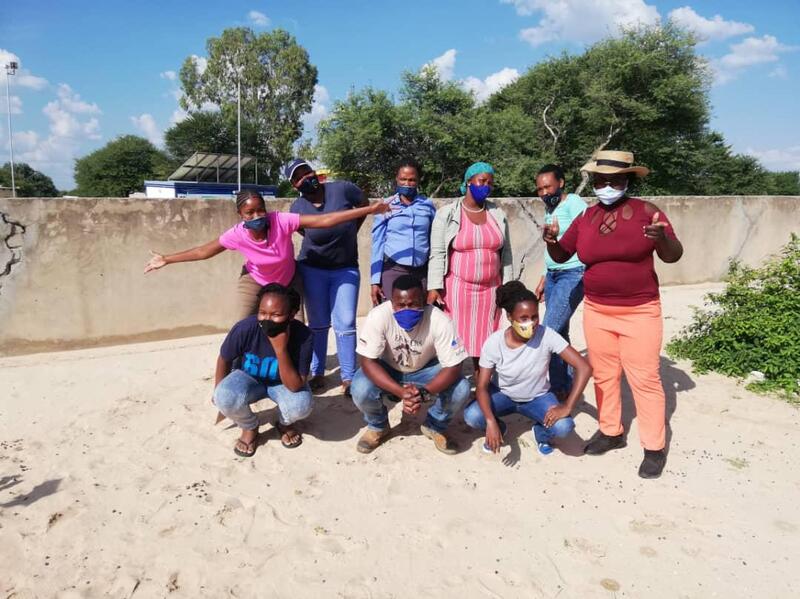
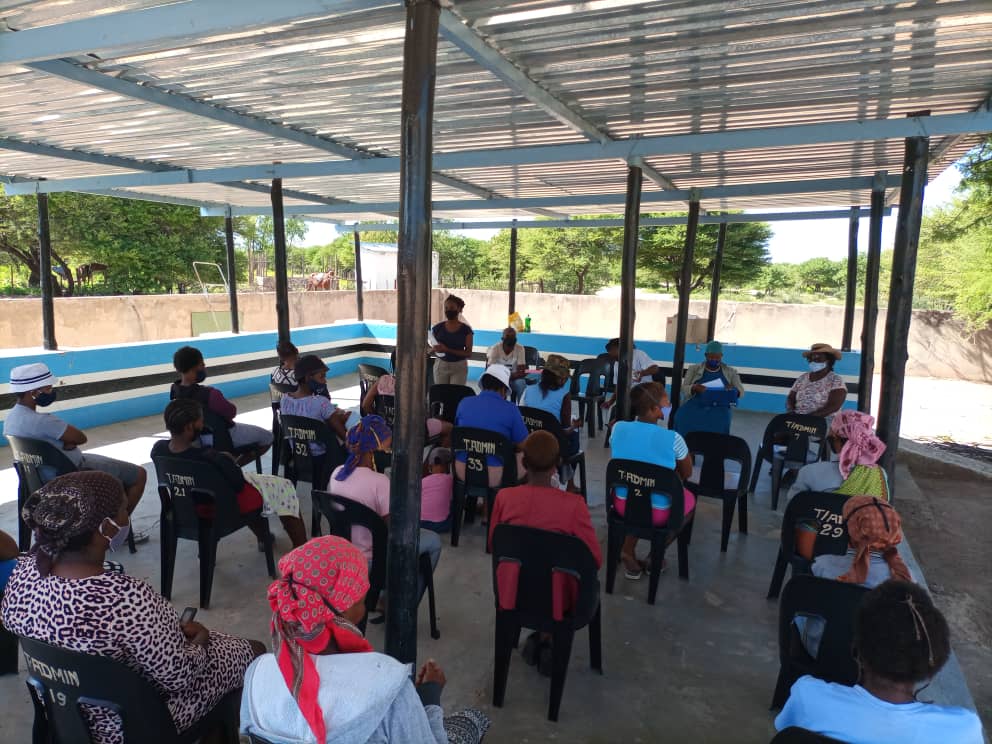
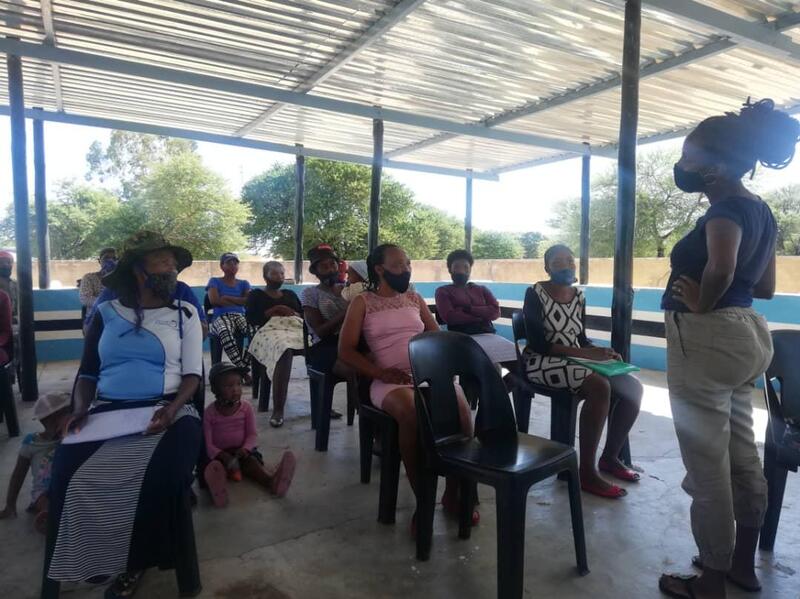
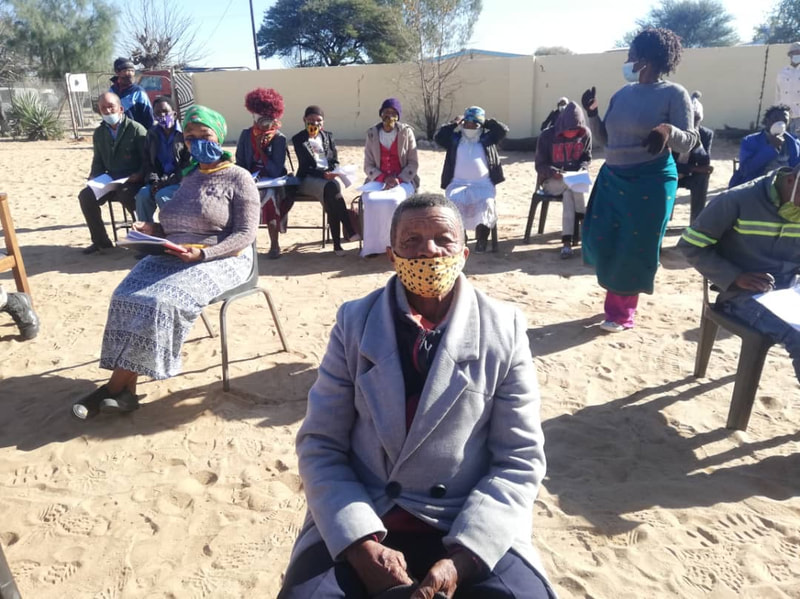
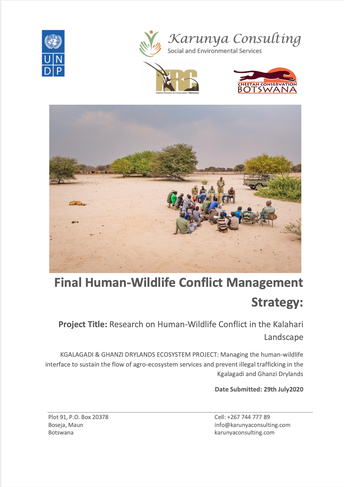
 RSS Feed
RSS Feed
